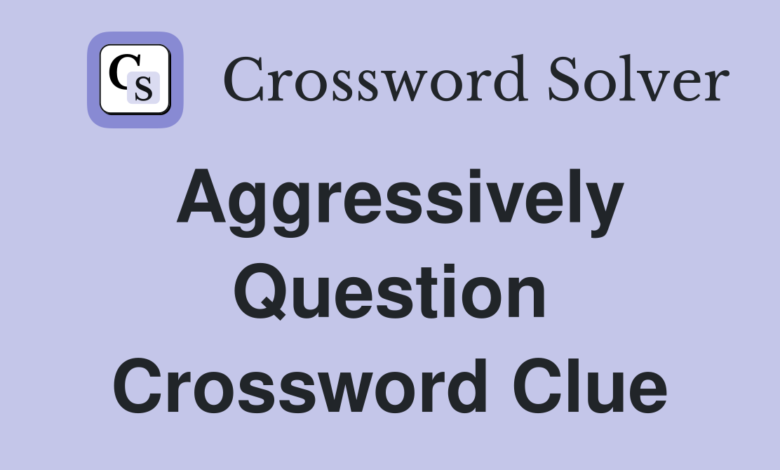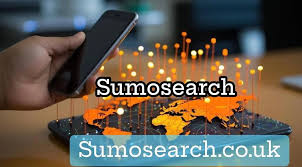Aggressively Question NYT: How to Challenge News Narratives Constructively

Introduction to aggressively Question NYT
In a world flooded with information, the way we consume news has never been more critical. The New York Times (NYT), a pillar of journalism, shapes public discourse and influences opinions across the globe. But how often do we stop to question what we’re reading? Aggressively questioning NYT doesn’t mean dismissing its credibility; rather, it invites us to dig deeper into narratives that may not tell the whole story. News is powerful, but so are our voices as consumers. By engaging thoughtfully with media narratives, we can foster healthier conversations and enhance our understanding of complex issues. Let’s explore how to challenge news narratives constructively while cultivating a mindset that values inquiry over acceptance.
Understanding Aggressively Question NYT
Understanding Aggressively Question NYT involves recognizing the need for critical engagement with media. The New York Times, a respected source, often shapes public opinion through its narratives.
However, what is presented as fact can sometimes reflect bias. Acknowledging this reality is essential for informed consumption of news.
It’s not merely about skepticism; it’s about enhancing understanding. By questioning articles thoughtfully, readers can uncover deeper truths beneath surface-level reporting.
Aggressive questioning doesn’t mean confrontation. Instead, it encourages dialogue and exploration of multiple viewpoints.
Engaging with diverse sources enriches our perspective and fosters a more nuanced view of complex issues. It’s about seeking clarity in a sea of information while respecting differing opinions.
This mindset empowers consumers to become active participants in their news experience rather than passive recipients of information.
The dangers of unquestioningly accepting news narratives
Unquestioningly accepting news narratives can lead to a distorted understanding of reality. When we take information at face value, we forfeit our ability to think critically. This passive consumption fosters misinformation.
News outlets often have biases and agendas that shape their stories. Relying solely on one source can create an echo chamber where dissenting views are silenced or ignored.
Moreover, emotional appeals in reporting can cloud judgment. Headlines designed to provoke outrage may skew perceptions, leading us to react rather than reflect.
In a world inundated with information, it’s easy to fall into complacency. Accepting narratives without scrutiny allows falsehoods to flourish and truths to be overshadowed.
Being aware of these dangers is the first step toward more responsible media consumption. It encourages us not just to read but also to analyze and question what we encounter daily.
Tips for questioning news narratives in a productive and respectful manner
Start by approaching news with curiosity. When you read an article, ask yourself what information is presented and what might be missing. This mindset opens the door to deeper understanding.
Engage in dialogue rather than debate. If you disagree with a narrative, express your thoughts without attacking others’ views. Use phrases like “I see it differently” instead of “You’re wrong.”
Seek out multiple sources on the same topic. Different outlets can provide varied perspectives that enrich your comprehension of current events.
Challenge assumptions gently by asking questions such as, “What evidence supports this claim?” or “How does this align with other reports?” These inquiries promote constructive discussions.
Remember that context matters. Consider the background behind a story and how it influences reporting choices before forming conclusions about its validity.
Examples of how to challenge NYT’s news narratives constructively
One effective way to challenge narratives is by engaging with the article’s comments section. Share insights or questions that prompt further discussion. Constructive dialogue can illuminate different viewpoints.
Another method is to write letters to the editor. Articulate your thoughts clearly and respectfully. This not only makes your voice heard but encourages editors to consider diverse perspectives when shaping future content.
Utilizing social media platforms allows for wider engagement. Tagging The New York Times in a tweet with thoughtful critiques can spark conversations among followers and journalists alike.
You can also create or join forums dedicated to media literacy, where participants dissect news coverage together. Collaborative analysis fosters a deeper understanding of biases present in various articles and helps broaden one’s perspective on current events.
Each approach reinforces critical thinking while promoting an informed dialogue around journalism practices.
The importance of diverse perspectives in media consumption
Diverse perspectives enrich our understanding of the world. When we consume media, it’s crucial to seek out voices that differ from our own.
Engaging with a variety of viewpoints helps challenge biases and broaden horizons. It opens up discussions on complex issues that simple narratives often overlook.
Moreover, diverse media promotes empathy. Hearing stories from different backgrounds fosters a sense of connection and humanity among us all.
It also empowers marginalized voices, ensuring they’re not silenced in mainstream discourse. This inclusivity can lead to more comprehensive reporting and informed opinions.
Curating a balanced media diet enhances critical thinking skills too. By comparing various sources, consumers learn to assess information critically rather than accept it at face value.
Embracing diverse perspectives cultivates a well-rounded view of reality—one that reflects the richness of human experience.
Conclusion: The power and responsibility we hold as consumers to challenge biased news narratives
As consumers of news, we occupy a unique position. We have the power to shape the narratives that dominate our public discourse. By actively engaging with media and questioning its content, we can foster a more informed society.
Challenging biased news narratives is not just about being critical; it’s about seeking truth. It encourages accountability among journalists and ensures that diverse perspectives are represented in our media landscape.
Every time we question what we read or hear, we contribute to an environment where rigorous debate thrives. This responsibility lies with each of us as individuals who consume information daily.
By adopting a mindset of constructive questioning, especially when engaging with prominent sources like The New York Times, we’re not only advocating for better journalism but also empowering ourselves and others to think critically.




